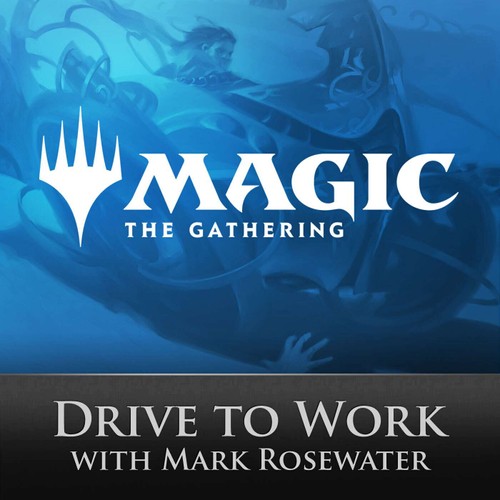
 Magic: The Gathering Drive to Work Podcast
Magic: The Gathering Drive to Work Podcast #1212: Drawbacks
Jan 31, 2025
Discover the fascinating evolution of drawback mechanics in game design. Learn about how intentional drawbacks can enhance player experience while balancing challenge. Delve into the history and significance of these features, including how previously overlooked cards like Necropotence gained prominence. It’s a journey through design philosophy that emphasizes the importance of making gameplay enjoyable and engaging.
Chapters
Transcript
Episode notes
